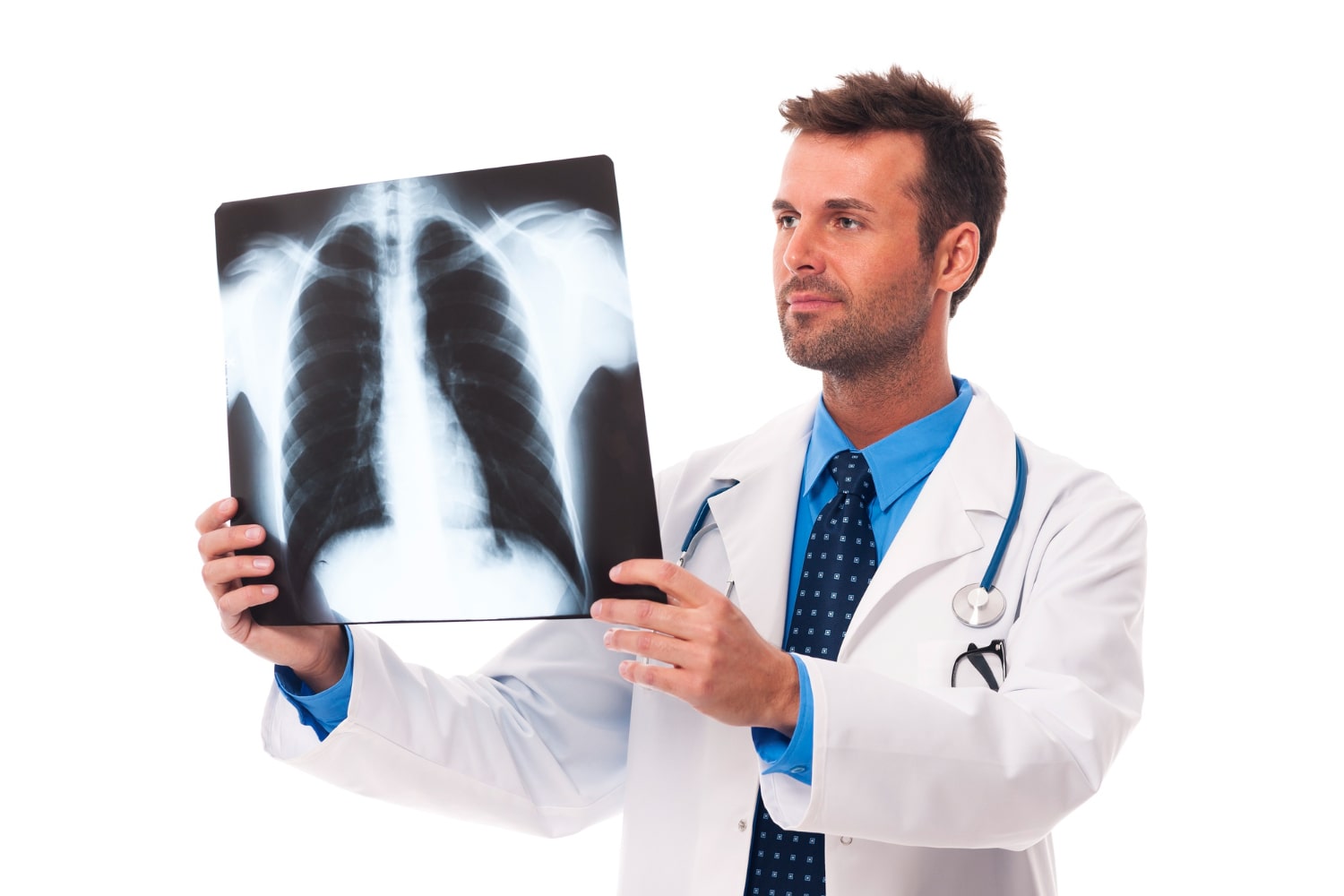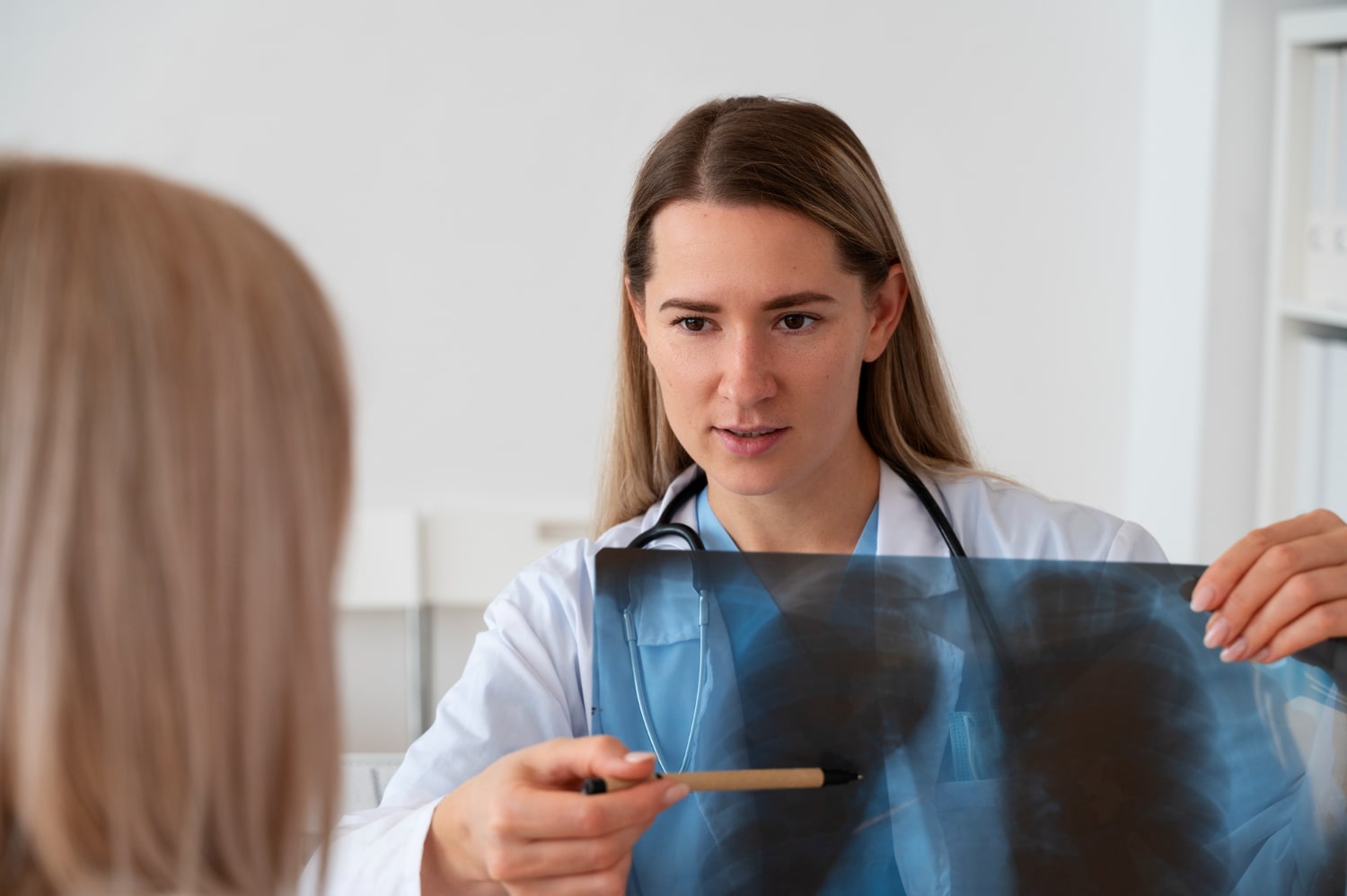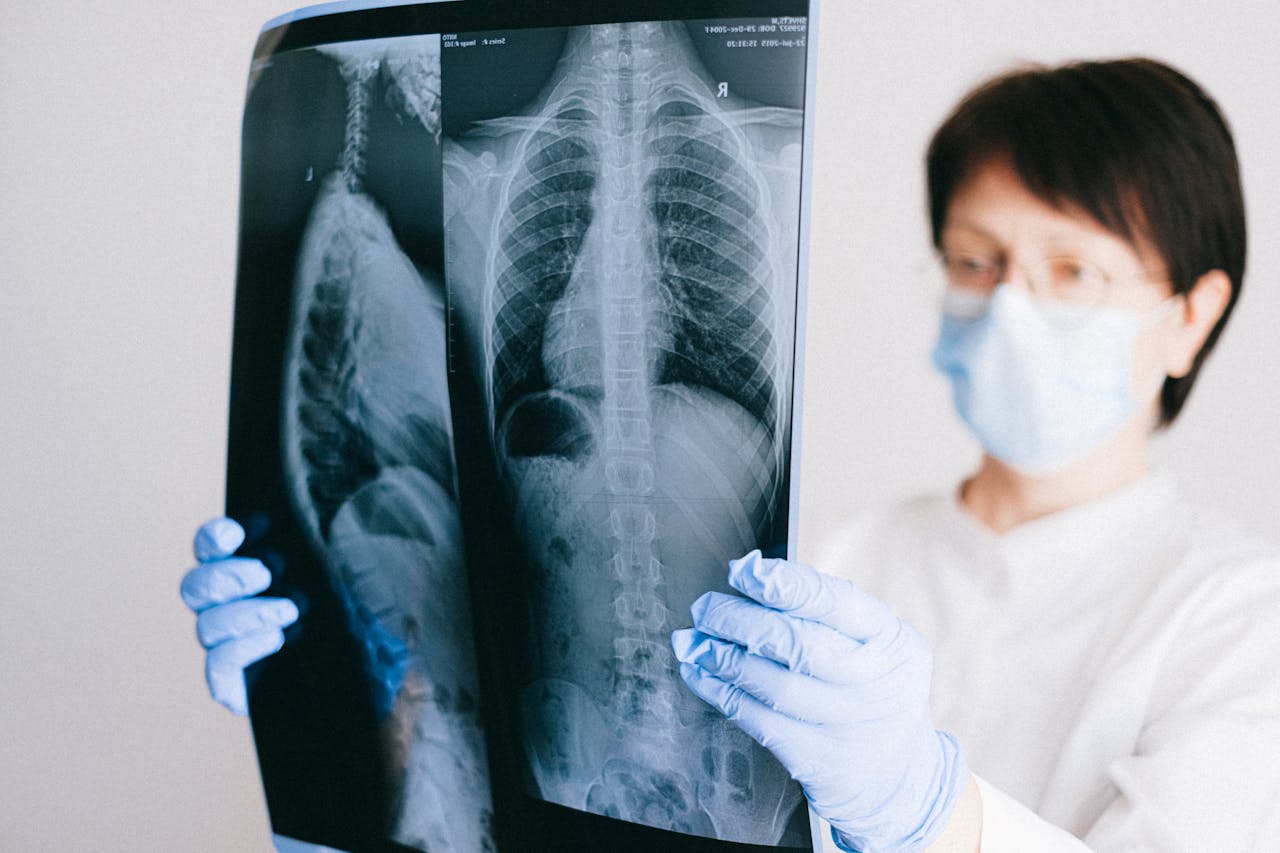How are lung nodules treated is a topic researched by individuals diagnosed with lung nodules. Nodules are often detected in simple lung X-rays, which can sometimes cause confusion. Therefore, accurate information and early diagnosis are crucial for individuals diagnosed with lung nodules. Questions such as what a lung nodule is, how lung nodules are treated, and what steps to follow are common among those seeking treatment. Below, we delve into the details of how lung nodules are treated.
What Is a Lung Nodule?
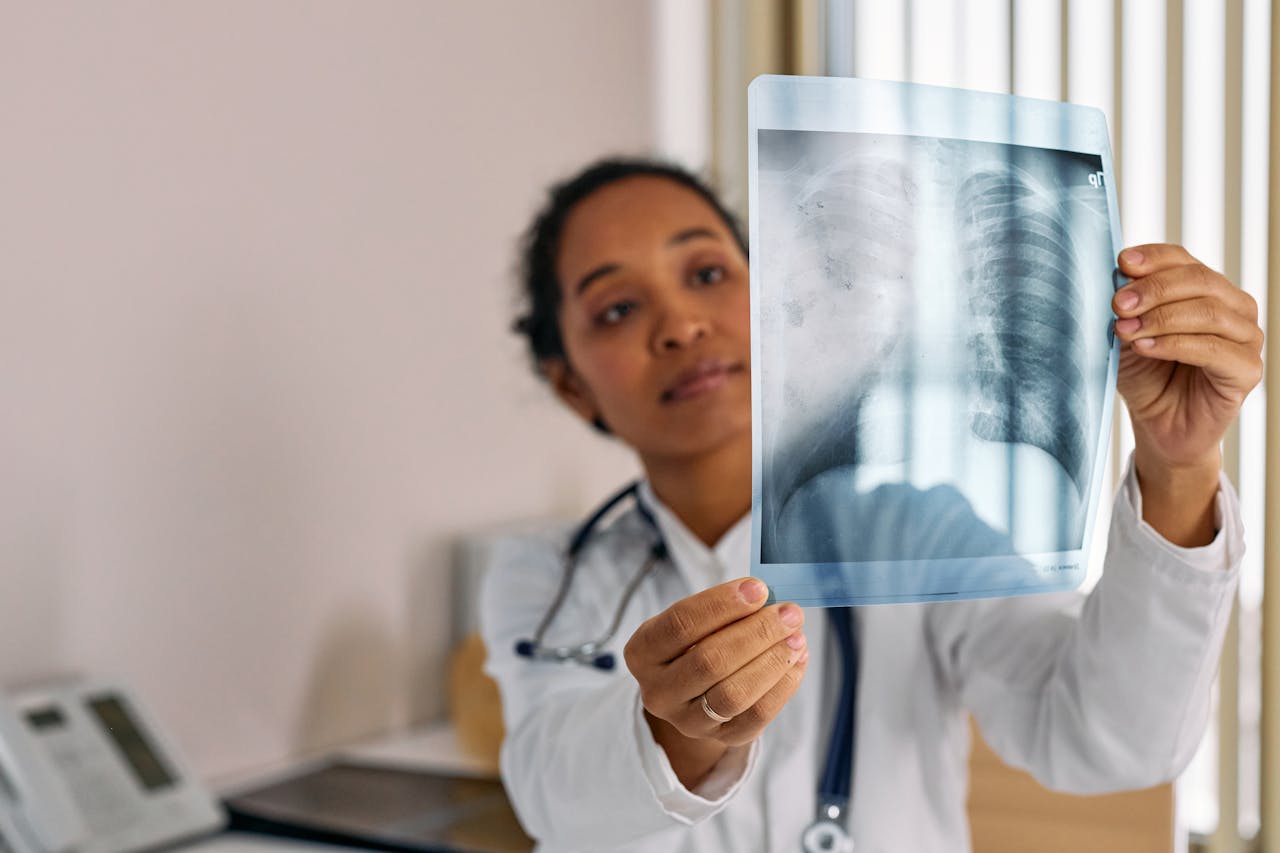
Lung nodules are abnormal tissue growths in the lungs measuring 1-30 millimeters in diameter. Nodules larger than 3 centimeters are classified as masses. A nodule’s key characteristic is that it is denser and firmer than the surrounding tissue. Lung nodules can be benign or malignant. They usually exhibit no symptoms and are often detected incidentally. A nodule can be solitary or multiple.
What Causes Lung Nodules?
A detailed medical history of the patient is crucial in diagnosing lung nodules. Lung nodules can be caused by:
- Bacteria
- Fungi
- Parasites causing infections
Infections are common in our country. Additionally, tuberculosis can cause nodules or tissue damage in the lungs. Studies have also shown a correlation between smoking and malignant lung nodules.
In individuals under 35 who do not smoke, the likelihood of a nodule being cancerous is low. However, in individuals over 55 who smoke, hard, irregular, and nodules larger than 15 mm have a significantly higher risk of being cancerous.
The amount of smoking and age increase the risk. Other critical factors include a family history of lung cancer, the presence of emphysema, and the size and hardness of the nodule.
What Are the Types of Lung Nodules?
Lung nodules can appear in three forms: solid, ground-glass opacity, and semi-solid, where a solid lesion is surrounded by ground-glass opacity. Treatment and monitoring for lung nodules are carried out based on their characteristics and size, following international guidelines.
Lung nodules are categorized into two risk groups: low and high. Individuals in the low-risk group are monitored. Nodules with a ground-glass appearance may require monitoring for up to 5 years, even in low-risk cases. This monitoring is conducted under the supervision of experienced specialists using advanced medical techniques, ensuring patients are well-informed about treatment approaches for lung nodules.
What Are the Symptoms of Lung Nodules?
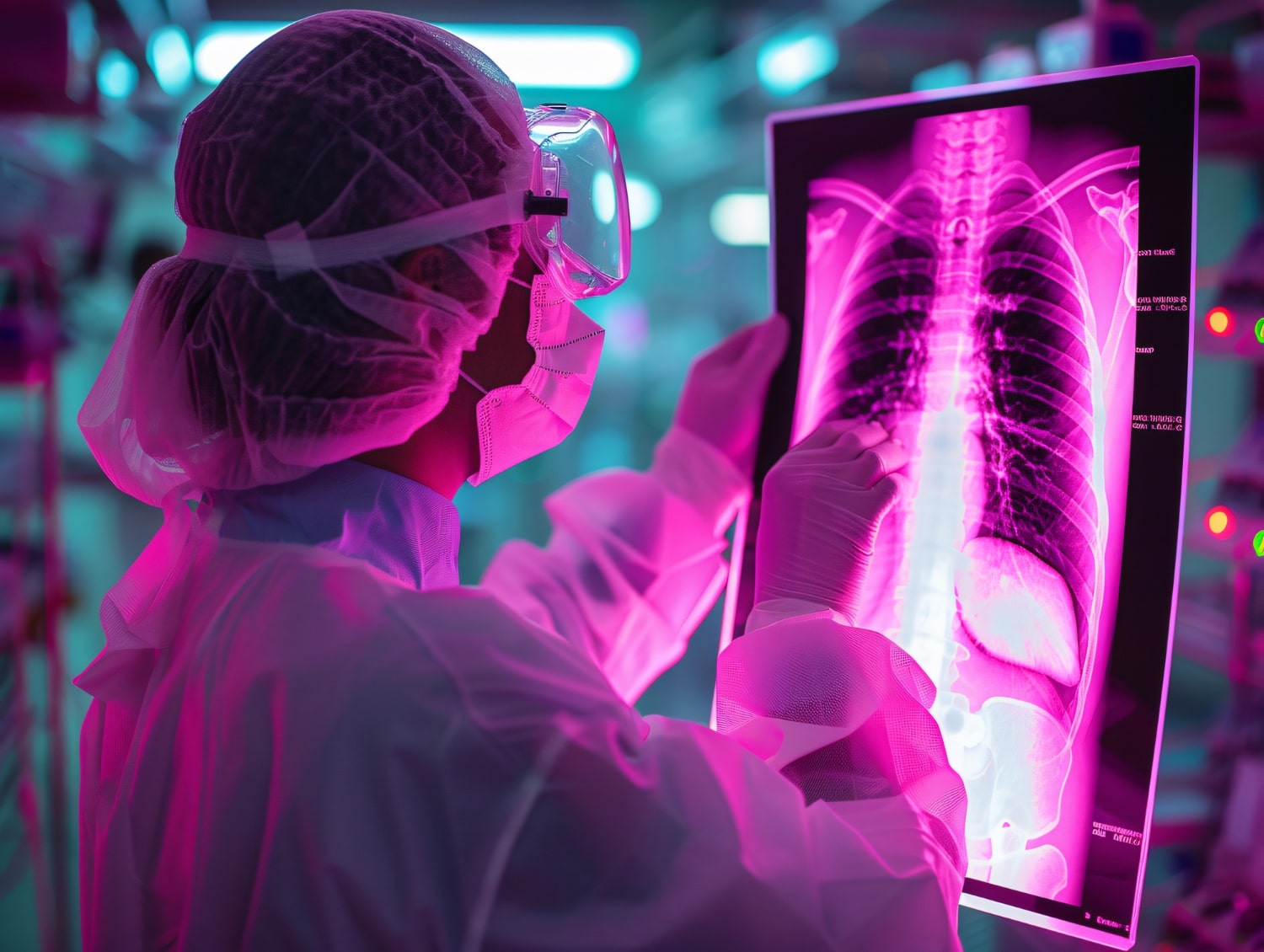 Lung nodules, also known medically as pulmonary nodules, are often asymptomatic. These harmless nodules are typically discovered incidentally during lung scans. However, in some cases, symptoms such as:
Lung nodules, also known medically as pulmonary nodules, are often asymptomatic. These harmless nodules are typically discovered incidentally during lung scans. However, in some cases, symptoms such as:
- Bloody sputum
- Severe coughing
- Shortness of breath
- Wheezing
may occur. It is important to note that these symptoms do not necessarily indicate lung nodules, and detailed scans and tests are required for a definitive diagnosis.
How Are Lung Nodules Diagnosed?
Diagnostic methods for lung nodules include chest X-rays, PET/CT scans, computed tomography (CT), needle biopsy, liquid biopsy, and bronchoscopy (using a camera to view the airways).
Nodules larger than 10 millimeters are visible on standard chest X-rays, while smaller ones require CT imaging. CT scans are the most effective method for monitoring lung nodules.
PET scans are used to assess the likelihood of malignancy in nodules. A biopsy is performed when a nodule’s size, shape, or appearance is deemed suspicious based on CT imaging. The most appropriate method is determined and managed by your specialist doctor.
How Are Lung Nodules Treated?
Treatment for lung nodules depends on their characteristics and the guidance of specialists. Initially, benign nodules are monitored periodically with CT scans to observe any changes in size or shape. Dr. Semih Halezeroğlu is a leading expert in this field in Turkey.
How Are Malignant Lung Nodules Treated?
If a nodule is suspected to be malignant, this is confirmed through biopsy methods. Next, it is determined whether the malignancy has spread beyond the lungs. If the nodule is confined to the lungs, surgical treatment may be an option. Early diagnosis of lung nodules is crucial for successful lung cancer treatment.
For cancerous nodules that have metastasized to other parts of the body, treatment options may include radiation therapy, chemotherapy, or a combination of both. The answer to how lung nodules are treated varies based on the type of nodule and other factors.
Do Lung Nodules Recur?
 How lung nodules are treated is a comprehensive subject. The type of lung nodule affects the monitoring process. For example, solid nodules smaller than 4 mm may not require follow-up if they are not considered risky. However, solid nodules in smokers are re-evaluated with CT imaging at 12 months.
How lung nodules are treated is a comprehensive subject. The type of lung nodule affects the monitoring process. For example, solid nodules smaller than 4 mm may not require follow-up if they are not considered risky. However, solid nodules in smokers are re-evaluated with CT imaging at 12 months.
Can a Lung Nodule Disappear?
Benign lung nodules do not spread and are usually not dangerous. In some cases, nodules may be inflammatory. Such nodules can shrink over time or disappear on their own with monitoring.
Frequently Asked Questions About How Are Lung Nodules Treated
Below are answers to common questions about how lung nodules are treated:
1 – What Should Be Done If a Lung Nodule Is Found?
Not all lung nodules require surgical removal. The need for surgery is determined based on test results. For example, surgery may not be necessary for nodules smaller than 6 millimeters, without growth, with a regular shape, and in young patients.
2 – Do Lung Nodules Cause Pain?
Lung nodules usually do not cause symptoms and are often detected incidentally. However, some patients may experience shortness of breath, coughing, chest pain, or sputum production.
3 – At What Size Do Lung Nodules Become Dangerous?
Nodules larger than 5 mm are considered risky. Smaller nodules also require regular monitoring. If a nodule’s size remains unchanged over three years, follow-up may be discontinued.
4 – Can a Lung Nodule Turn Into Cancer?
Not all lung nodules are cancerous. However, early detection of a high-risk nodule significantly improves the success of lung cancer treatment. The earlier the nodule is detected, the higher the chances of successful treatment.
